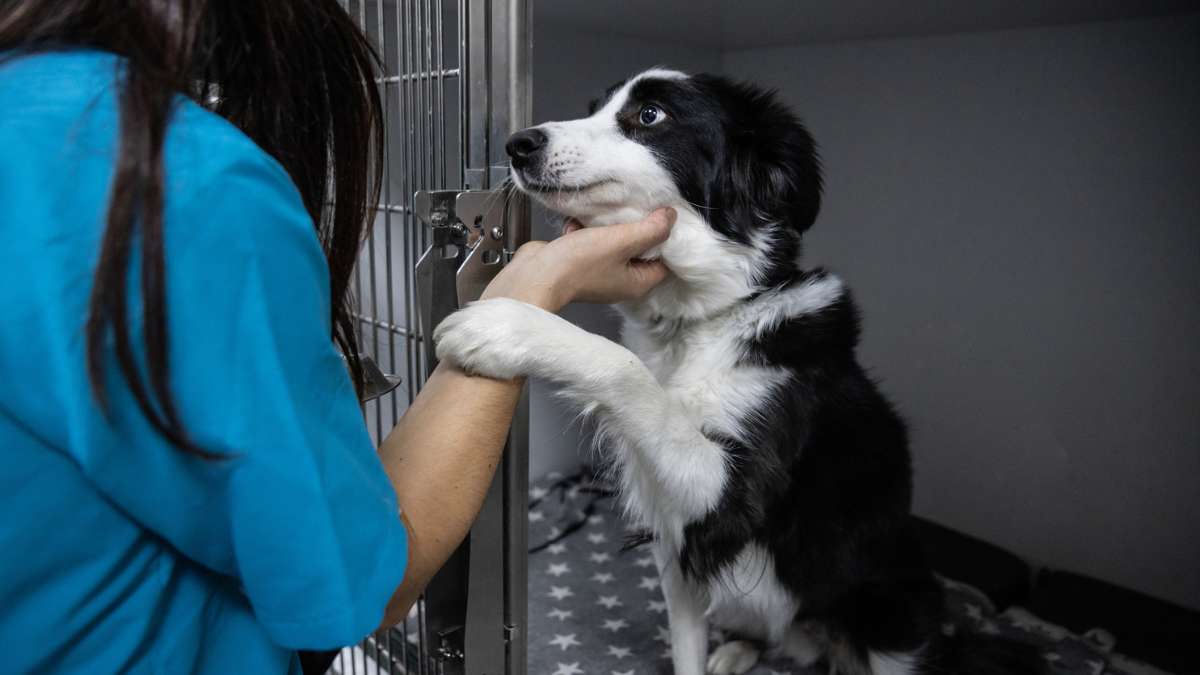This pet-fraud expert lost $700 to a puppy scam — now she’s sharing 5 common tactics scammers use to trick buyers

The lucrative nature of the pet industry has recently caught the attention of criminal minds trying to scam people wanting to adopt dogs. As a result, pet fraud has emerged as a serious problem in several countries, including the UK. The fraudsters generally use clever hacks to trick potential buyers into paying them huge sums of money for a product that probably does not even exist. Pet fraud expert Kate Margolis has now spoken up about the warning signs dog lovers should be aware of before paying for a puppy, following her bizarre scam experience.

The foremost red flag is when a seller tries to rush the buyer into making the payment. They might use high-pressure tactics. Phrases like “First come, first served”, “Only one left,” and “Getting loads of interest” are common among pet fraudsters. Unfortunately, Margolis, who co-founded Petproov, had to learn it the hard way. “I handed over a £500 ($700) deposit for a gorgeous Golden Retriever pup I’d seen online,” she said, as reported by The Mirror. Later, the seller scammed her by saying that the dog had died after eating plastic. “I was left with no puppy, no refund, and a huge hole in my heart.”

Now, she is on a mission to educate and raise awareness among potential pet buyers about scams to save them from heartbreak and financial loss. Frauds are more often than not committed online. When a listing shows a flawless picture of a puppy, it is likely a fake. Scammers steal images from real breeder sites, Google, and Instagram. Buyers are advised to do a reverse image search to check whether the same photo appears in other listings. If it does, it’s a pet fraud. Additionally, summers are the ideal time for such ill practices, as the demand for puppies is at a seasonal high due to summer holidays and the warmer weather, per the source.

Even video calls are not a safe option to confirm the pet’s authenticity. Scammers might convince a buyer over a live video call using pre-recorded footage or artificial intelligence (AI). It can be used to morph a fake dog wagging its tail on screen when in reality, it’s not even a hologram. Hence, it is best to meet the dog seller in person and arrange a physical meeting to ensure before paying the deposit. Another important step is ID verification. A person buying a new pet must always ask for identification from the breeder, in addition to the official paperwork of the dog, such as vet documents and microchip details. In case a breeder denies it or makes excuses, it’s best to walk away.

Finally, bank transfers are a big no-no. Margolis recommends sticking to secure payment methods instead of hasty bank transfers that increase the risk of fraud. It is convenient for fraudsters to flee with the buyer’s money once the sum has entered their bank account. According to the Better Business Bureau, with more people searching online for new pets, experts warn that as many as 80% of sponsored pet ads could be fake.